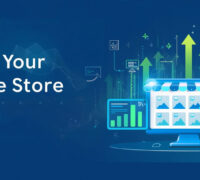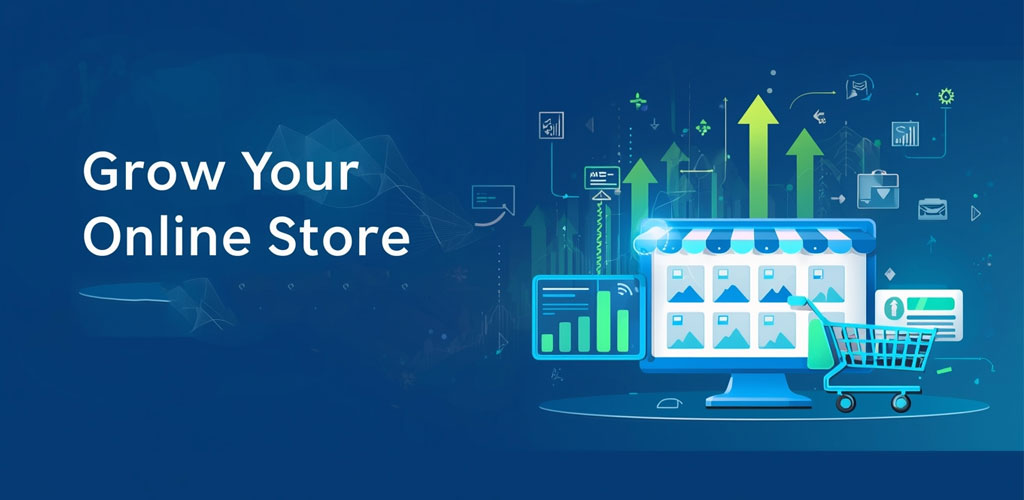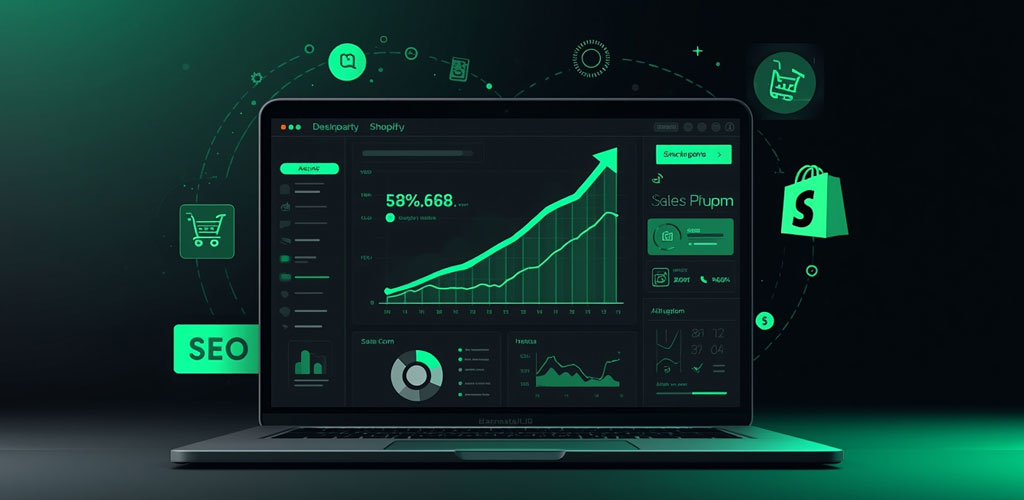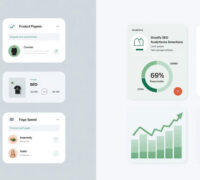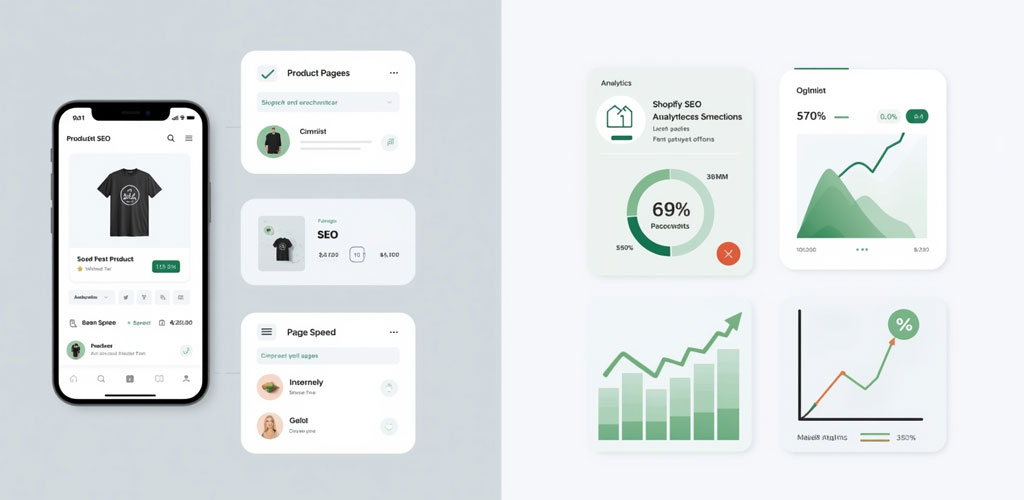Introduction
The world of eCommerce is evolving faster than ever, and Shopify remains one of the leading platforms for entrepreneurs looking to sell online. With 2025 bringing new trends and tools, online store owners must stay updated to stay competitive. From improving user experience to leveraging smart marketing strategies, every detail counts. In this guide, we explore practical ways to grow your Shopify store efficiently and effectively.
Focus on a Seamless User Experience
Customers are more impatient than ever, and a complicated shopping experience can cost you sales. Optimizing your Shopify store for speed, easy navigation, and mobile responsiveness is essential. Make sure product images are clear, descriptions are concise yet informative, and the checkout process is smooth. In addition to encouraging customers to make purchases, a flawless user experience fosters loyalty and trust.
Leverage Shopify Apps for Growth
One of Shopify’s biggest advantages is its rich ecosystem of apps designed to enhance your store’s functionality. From email marketing and upselling tools to inventory management and analytics, these apps can save time and boost sales. However, avoid overloading your store with unnecessary apps, as this can slow down performance. Choose apps that align with your business goals and provide measurable results.
Content and Storytelling Matter
Shoppers today want more than just products—they want stories. Use your Shopify store to share your brand story, highlight customer testimonials, and create engaging product content. A compelling story may set your store apart from the competition and create a lasting impression. Blogging directly on Shopify can also help with search engine visibility, attracting organic traffic from potential customers.
Smart Marketing Strategies
Running a Shopify store is not just about listing products—it’s about connecting with your audience. Email marketing, social media campaigns, and influencer collaborations can significantly boost your reach. Shopify’s marketing tools make it easy to create personalized campaigns, segment customers, and track performance. Additionally, retargeting ads help bring back visitors who didn’t convert the first time, turning potential losses into sales.
Data-Driven Decisions
Analyzing your store’s data is key to sustained growth. Shopify provides in-depth reports on sales, customer behavior, and product performance. By tracking metrics like conversion rates, popular products, and traffic sources, you can make informed decisions about inventory, marketing, and promotions. Testing and optimizing based on real data ensures you are investing your resources wisely.
Mobile Optimization is Non-Negotiable
Mobile commerce continues to rise, making mobile-friendly design a must for Shopify stores. Ensure your website loads quickly on mobile devices, buttons are easy to tap, and the checkout process is simple. Offering mobile payment options like Apple Pay or Google Pay can also improve the buying experience, encouraging faster purchases.
Customer Support and Engagement
Providing exceptional customer service can make your Shopify store stand out. Offering live chat support, clear return policies, and prompt responses to inquiries builds trust and encourages repeat business. Engaging with your audience on social media, answering questions, and soliciting feedback also strengthens your brand image.
Conclusion
In 2025, expanding a Shopify store calls for a well-rounded strategy, technology, and customer-focused approach. By improving user experience, leveraging apps, telling your brand story, implementing smart marketing strategies, and using data to drive decisions, your store can thrive in the competitive eCommerce landscape. Keep in mind that over time, minor adjustments made consistently can produce big effects. Staying updated with the latest trends and tools ensures your Shopify business remains agile and successful.

